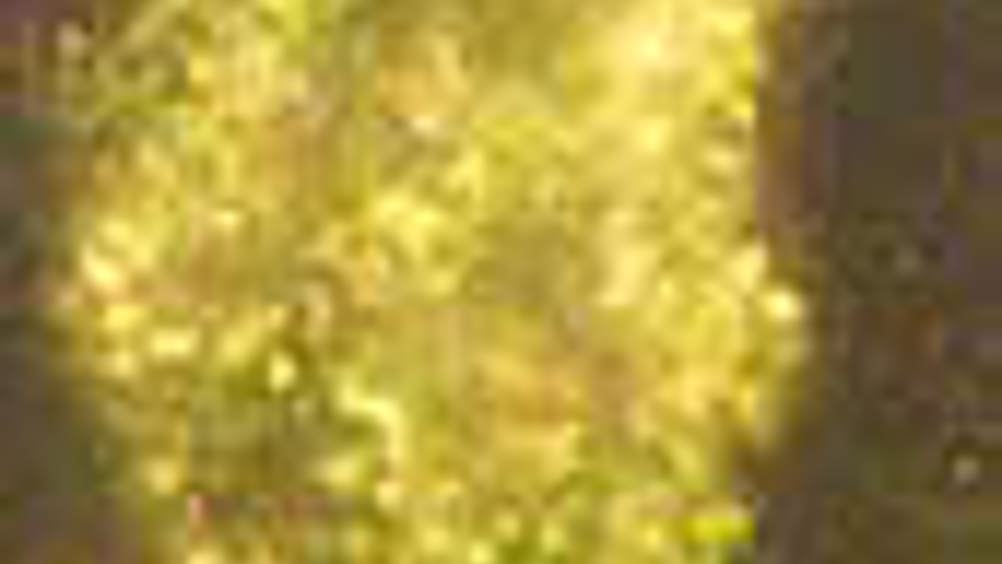Biofilm efficiency

Researchers at Glasgow University are using medical tracer molecules to track the passage of medium to large molecules through biofilms using MRI scanning.
As well as having an important role in removing toxins in the natural environment, biofilms are widely used in a number of engineering applications, including sewage processing, producing biofuels, and generating electricity in microbial fuel cells.
One of the key factors controlling how well a biofilm works is mass transport, or the rate at which the reactants move through the biofilm for the bacteria there to process and convert them into a harmless or useable by-product. Understanding the mass-transport rate and flow pattern at which these compounds move through a biofilm could help scientists understand how well they function and develop new ways in which the biofilms might be designed or put in situations where they could work better.
Previous work in the area has used needle-sized electrodes that are inserted into the biofilm to detect certain molecules; confocal laser scanning microscopy, which detects a molecule tagged with a fluorescent substance; and diffusion cells, which measure the concentration of substance either side of a biofilm barrier.
However, each of these existing methods has disadvantages. Using microelectrodes is an invasive technique that can damage the delicate biofilm when they are inserted and affect the results. They are also only suitable for low molecular mass substances such as glucose or oxygen, and would not work with a polymer or nanoparticle. Conversely, light microscopy is less effective with low molecular mass substances and cannot be used on thicker biofilms such as the granular type used in some bioreactors. Diffusion cells only give an end-result concentration rather than model the flow in process.
This project is using MRI as it is not inhibited by the thickness of material, and it can detect any molecule that is tagged by a paramagnetic ion — in this case, gadolinium.
Heading up the project, Dr Vernon Phoenix, RCUK academic fellow in Glasgow's department of geographical and earth sciences, said: 'MRI on its own will not be able to see the molecules we are interested in at the concentrations in which they are present. Also, you often would not be able to identify the signal to look for as it could be an incredibly complex molecule. So you need to tag them with something — in this case, gadolinium — that makes them much more visible to MRI.'
MRI detects gadolinium by imaging the effect it has on the surrounding water. 'Imagine an invisible person swimming in a pool,' said Phoenix. 'You can't see them, but you know exactly where they are because of the effect they are having on the water around them — the splashing and the wake that they leave behind.
'Gadolinium has a big effect on the water around it called the relaxation rate of the water, which is an MRI-induced characteristic. By imaging what is happening to the water, we can track this gadolinium-tagged molecule.'
The project will initially use commercially available molecules that are used for medical or biomedical MRI in hospitals, for applications including tracking blood flow, imaging cancer tumours or tracking drug transport around the body. The next stage would be to work with a researcher who has the know-how to label the particular molecules that would need to be traced for industrial biofilm applications.
The end result will be a 2D or 3D video image of reactants flowing through the biofilm, with the gadolinium appearing brighter. 'We can calibrate these images to an actual concentration and then extract diffusion rates for those molecules,' said Phoenix. 'As well as an overall rate, you would be able to see whether the co-efficients are consistent across the film or different in areas.'
The aim is to gain a better understanding of mass transport in biofilms, which can then be used to enhance future biofilm design. 'With mass transport being a critical limiting factor in the performance of a biofilm, we want to understand it through these experiments and mathematical simulations based on them,' said Phoenix. 'We could hope to gain data to improve future biofilm performance and make some of the processes that use them more efficient and less energy hungry.'
The project runs for two years, at the end of which the researchers aim to demonstrate that this MRI technique is a suitable method of measuring mass transport of high molecular mass compounds including nanoparticles. After this, they plan to start work on constructing their own labelled molecules.
Berenice Baker
Register now to continue reading
Thanks for visiting The Engineer. You’ve now reached your monthly limit of news stories. Register for free to unlock unlimited access to all of our news coverage, as well as premium content including opinion, in-depth features and special reports.
Benefits of registering
-
In-depth insights and coverage of key emerging trends
-
Unrestricted access to special reports throughout the year
-
Daily technology news delivered straight to your inbox










Water Sector Talent Exodus Could Cripple The Sector
Maybe if things are essential for the running of a country and we want to pay a fair price we should be running these utilities on a not for profit...